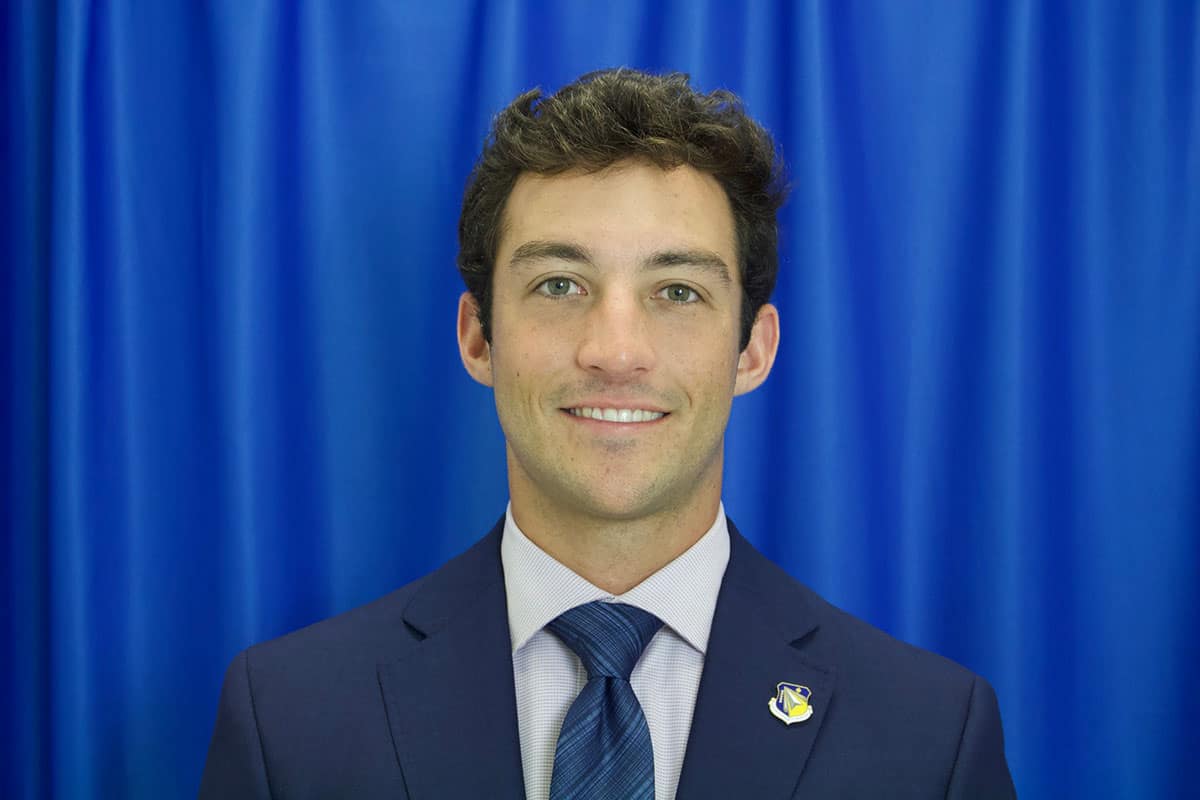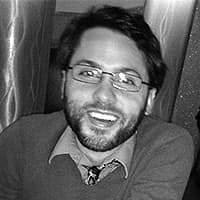Eagle Selected as NASA Fellow, Aims to Advance Augmented Reality Tech

Joseph Anderson, an Aerospace Engineering graduate student at Embry-Riddle Aeronautical University, was recently named to the 2024-2025 NASA Florida Space Grant Consortium Masters Fellowship Program.
“I have always wanted to start my own company in the aerospace industry, and this fellowship will allow me to continue researching new technologies that could be game-changing for the engineering community, especially the space sector,” Anderson said.
Anderson’s strong record of research in the augmented reality space was likely a main contributor to landing him this recognition from NASA, according to Dr. David Canales Garcia, assistant professor of Aerospace Engineering and Anderson’s faculty advisor.
“Our recent research has focused on using augmented reality (AR) technology to enhance spacecraft trajectory design and mission planning,” Garcia said. “Our prototypes have integrated low-complexity algorithms and real-time simulations to create an immersive, interactive 3D platform.”
In his role with the fellowship program, Anderson serves as the student team leader, guiding the group in partnership with fellow students from Embry-Riddle’s Human Factors Psychology program. That cross-departmental collaboration is actually a key component of the project, Garcia noted, as the team aims to “reduce the dependence on specialized expertise and simplify complex astrodynamics problems.”

When he’s not conducting space and augmented-reality research, Joseph Anderson is playing Division 2 lacrosse at Embry-Riddle. (Photo: Joseph Anderson)
So far, the group has presented its research at major science conventions, such as the 2023 I/ITSEC — the world’s largest modeling, simulation and training event — but Garcia emphasized that what has been accomplished so far is only the beginning.
“During the fellowship period, we will continue to refine and expand our AR technology for trajectory design,” Garcia said. “We aim to integrate immersive collaboration features and explore the use of artificial intelligence to assist in the trajectory design process. This includes developing dictation recognizers and ChatGPT to provide real-time technical support and optimal orbit suggestions. We will also conduct studies comparing the workflow of our tool to existing tools, ensuring it meets industry standards for efficiency and user experience.”
Anderson’s fellowship provides a $10,000 stipend as well as opportunities to present research at prestigious conferences.
“Embry-Riddle was the perfect place where I could pursue my interests in Aerospace Engineering while playing Division 2 lacrosse,” Anderson added. “The experiences I have gained pursuing research provided me with multiple internship opportunities with Northrop Grumman, which is where I am planning to start my career as a guidance, navigation and control engineer after I finish my master’s.”
Although this is Anderson’s first recognition from NASA, it is not the first time that he has partnered with major aerospace organizations. Previously, he participated in projects and internships with the Air Force Research Laboratory and Northrop Grumman.

 Mike Cavaliere
Mike Cavaliere